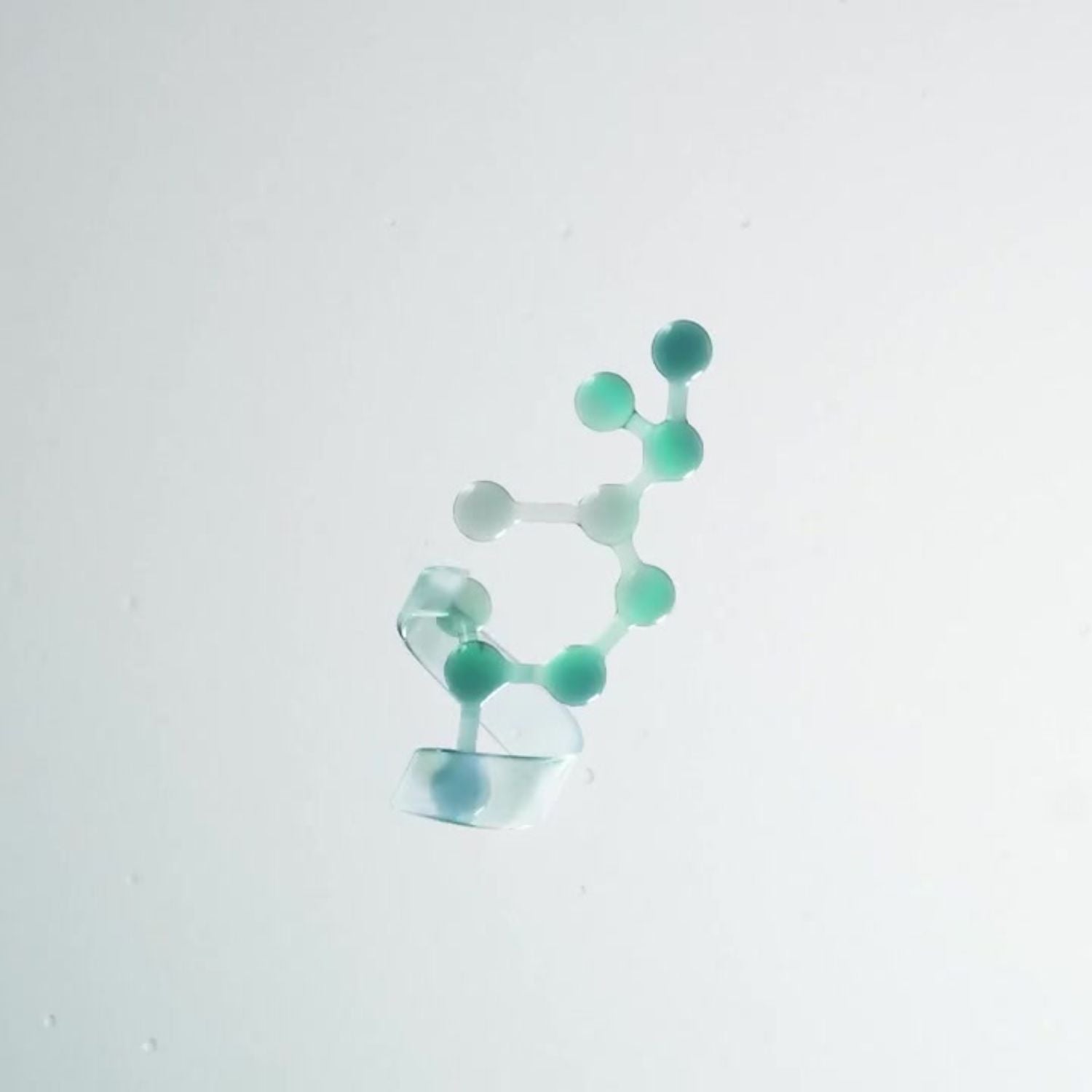Figure 1. Expression of biomarkers associated with aging (CDKN2A), collagen production (COL1A1), and cell proliferation (MKi67) 5 days after treatment with nothing (No Treatment), OS-01 FACE, or 1% retinol on the dermis of ex vivo human skin samples (Zonari, et al., npj Aging, 2023; supplementary information).
Although retinol significantly increased a key biomarker associated with collagen production, COL1A1, 5 days after treatment it also created a tenfold increase in a biomarker linked to aging, CDKN2A. Alternatively, treatment with OS-01 FACE was able to significantly increase the collagen production biomarker, COL1A1, at similar levels to retinol, without affecting the same biomarker associated with aging, CDKN2A, that retinol increased. OS-01 FACE also significantly increased a key biomarker associated with cell proliferation, MKi67, while retinol did not, indicating that OS-01 FACE could be more effective at promoting cell proliferation in the skin. [8] Note, that these effects were observed 5 days after treatment, therefore they represent the acute phase, rather than long-term effects.






